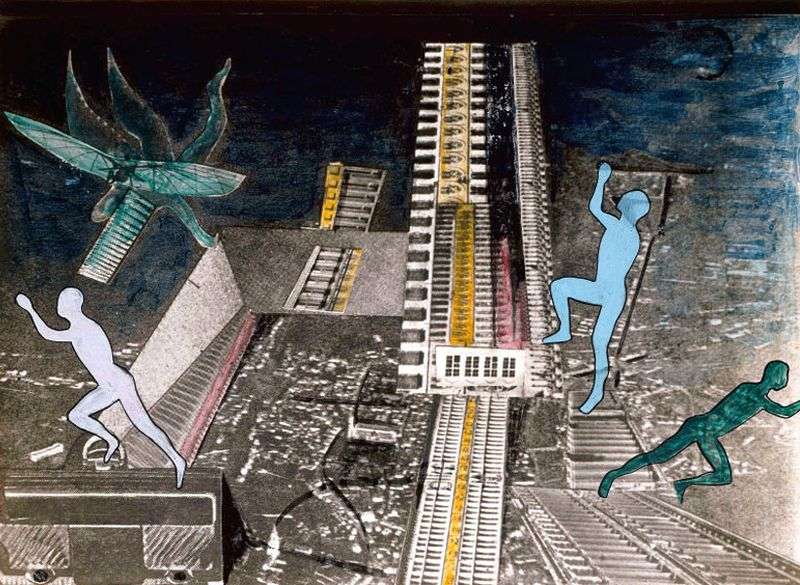
Collage was the most significant contribution of Ernst in the formation of the aesthetics of Dada. In his collages, Ernst manipulated the recognizable images, transforming them into strange, sometimes seemingly meaningless compositions to the viewer.
Subsequently, the artist wrote that the impetus for the creation of collages was for him a catalog of teaching aids, illustrated by a variety of models. They turned into “elements of the real world, combined in a bizarre, absurd sequence, confusing the eyes and the mind, capable of causing hallucinations, in which habitual objects lose or change their meaning.”
Ernst believed that the most important in the collage is the “spark of inspiration,” allowing the artist to transform individual elements, combining them in a certain sequence and combinations. Creating collages, Ernst tried to ensure that they could not see any joints between the fragments.
This he sought, painting the “seams” between the elements of the collage, or reproducing the finished work in the form of photography or engraving. The collage “A hydrometric demonstration of murder using high temperatures”, 1920 is made up of illustrations to popular science aids. In spirit, he is very close collage “Beating babies”, 1920. Death and destruction are the main themes of these works. Hardly they could be different – after all, the First World War, so strongly influenced the worldview of the artist, ended only two years ago. To the technique of collage, Ernst again turned in the late 1920s, creating his famous “collage novels” and large independent works – such as “Loplop represents”, 1931.
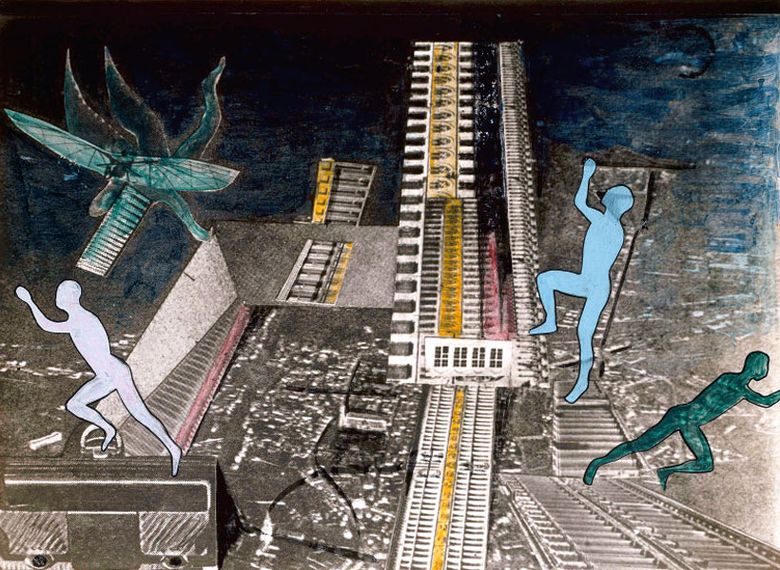 Battre les bébés – Max Ernst
Battre les bébés – Max Ernst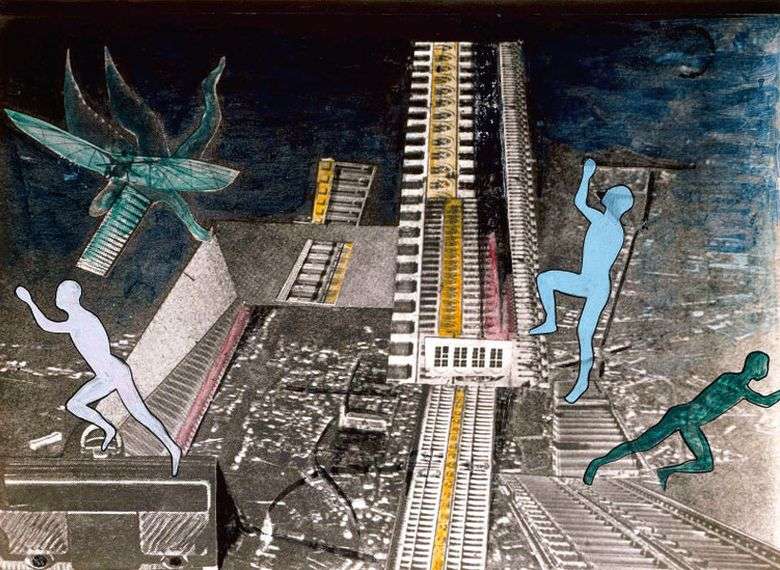 Golpear a un bebé – Max Ernst
Golpear a un bebé – Max Ernst The Colorado River by Max Ernst
The Colorado River by Max Ernst Collage Technique by Alexander Rodchenko
Collage Technique by Alexander Rodchenko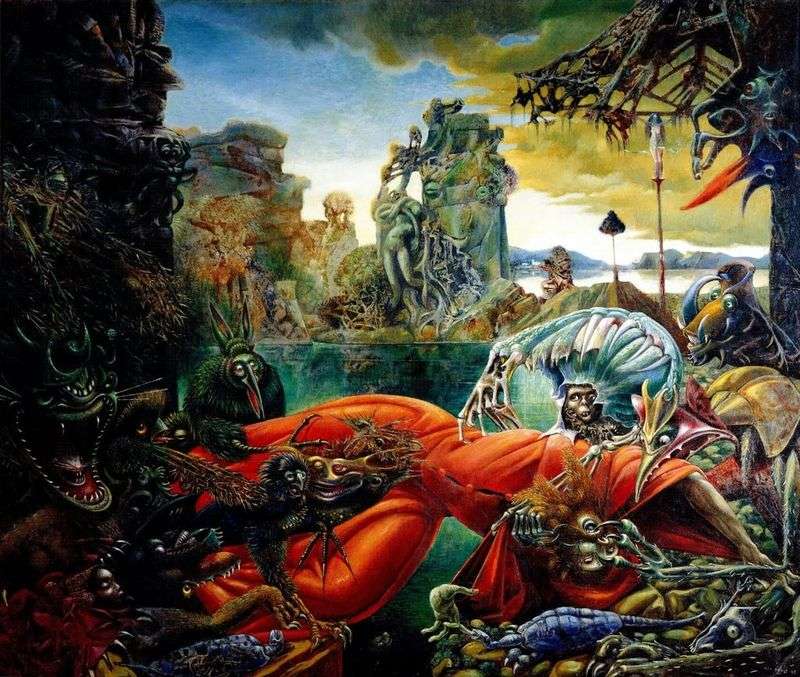 The Temptation of Saint Anthony by Max Ernst
The Temptation of Saint Anthony by Max Ernst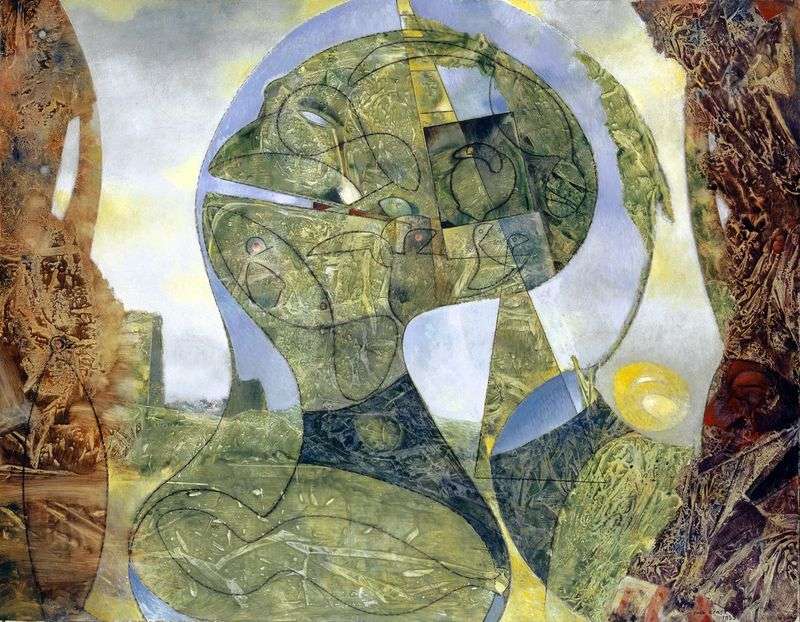 Old Dad Raine by Max Ernst
Old Dad Raine by Max Ernst The whole city by Max Ernst
The whole city by Max Ernst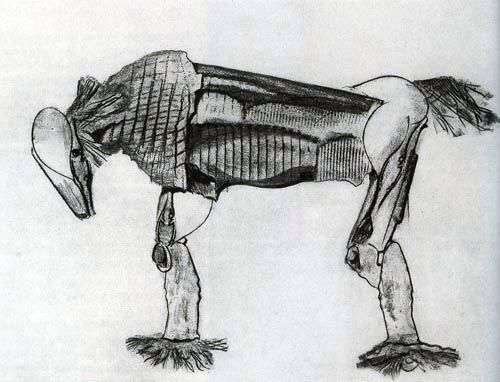 The perfect time of year by Max Ernst
The perfect time of year by Max Ernst